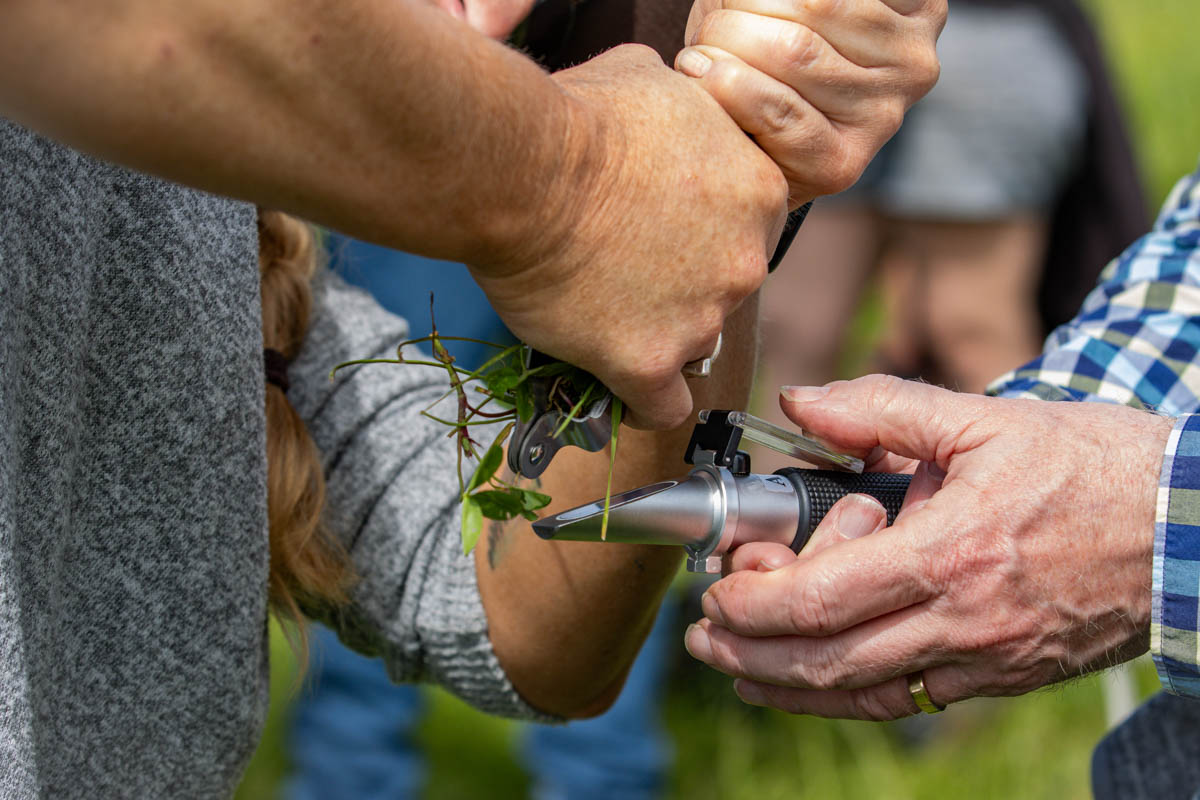Words by: Richard Bentley

A New Zealand native red seaweed, if used in stockfeeds, has the potential to reduce methane emissions from ruminants, and the Cawthron Institute in Nelson is investigating the best ways of producing it in huge quantities.
Asparagopsis armata grows abundantly throughout NZ waters, and early studies suggest that as little as 2% of dried algae added to stockfeeds could reduce ruminant methane emissions by up to 80%. This is important to NZ’s efforts to combat climate change, particularly because our livestock methane output has increased about 10% since 1990.
The potential for Asparagopsis is significant if only it can be grown on a scale large enough to feed all NZ’s dairy herds.
As yet not a lot is known about its culture and growth habits. To lay the foundations for a future industry, scientists need to determine precisely how it reproduces and what conditions are best for its growth.
For example, will it thrive only in warmer waters or can it be grown anywhere? Should plants be attached to something or floating? Are there fertilisers that will make it grow more rapidly? Are there some strains that have higher content of active ingredients than others? Which part of its lifecycle is most suited to different production systems (e.g. land-based, near-shore, etc.) and which is best to produce the active ingredient?
These are questions scientists at the Cawthron Institute are working on. The Institute has a long history in algal research (seaweed is a type of macroalgae) and the leader of algal research, Dr Johan Svenson, says that they are now studying its life cycle in detail.
“Even though it is a seaweed its reproduction is quite complex so we are trying to understand how to get it to reproduce in a controlled fashion on a small scale so that we can optimise the growing conditions on a larger scale,” he says.
“Asparagopsis is a carrier of a bioactive component so we want to know when in the life cycle that is being produced and then grow it in a way that we can control the amounts of this compound.”





